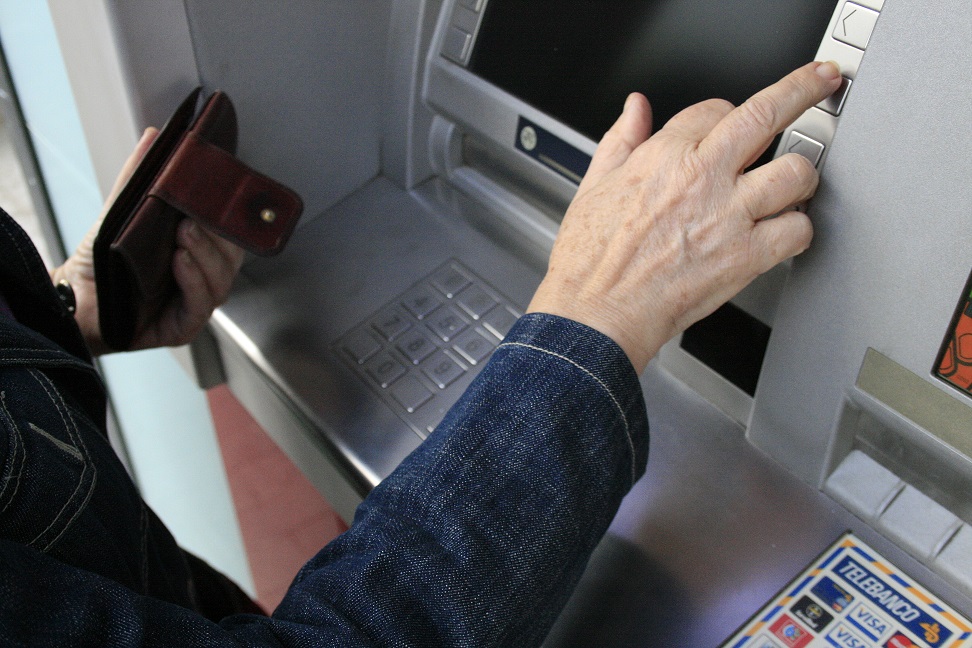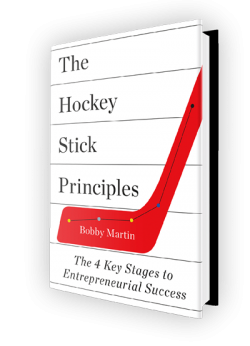Why too many startups aren’t paying dividends, but should be.
Dividends are considered “uncool” in the startup community. Most founders think they’re for boring, mature companies like utilities and banks. Executive editor of CNET Roger Cheng explains: “For most companies, paying a dividend is the ultimate admission that the growth phase (also known as the fun period) is over.”[i]
But wait! I know a startup that has millions in revenue and pays out 80 percent of it to its owners. (No typo here – they dividend 80 percent of revenue). Yet it still grows 20 to 30 percent each year. Can you imagine how much these founders earn each year?
Kickstarter is also paying dividends. Fred Wilson from Union Square Ventures says, “I did the math, and I thought about it, and I concluded that there was going to be a lot of cash flow, potentially, to dividend out.”[ii] Another company that believes in earning its owners profits instead of operating breaking even is $3.2 billion SAS Institute, whose cofounder, Jim Goodnight, explained in Forbes: “We were profitable the first year, and we’ve been profitable for 38 years since… That’s one of the goals – to make sure we always stay profitable.”[iii]
While these startups are unusually profitable, it is possible to run your business with a similar mentality. Let’s look at a typical scenario of a startup that has developed a niche market. Let’s say you and a cofounder start a company and you each invest $50,000. By the fifth year, your revenue is $1.5 million, but instead of spending $1.5 million in order to grow faster, you retain $250,000 by choosing to spend $1.25 million (16.7 percent operating margin). You choose to pay a $200,000 dividend, so now you’ve recovered all your original investment plus socked away some money in your company’s savings. Each year going forward, you continue maintaining 16.7 percent operating margins, 30 percent growth rates, and paying 80 percent of profits in dividends. After eight years of doing that, you’ll have paid out $6.5 million in dividends while still owning a company with $12 million in revenue. Not a bad gig. And keep in mind, you’ve been collecting a salary each year as well.
My own startups have paid dividends, so I’ve learned a thing or two about them. Here are some tips:
- Don’t pay dividends before you’re ready: Every situation is different, but as a rule of thumb, once you have a consistent, steady flow of new, happy customers for two to three years and have more than a million in revenue, then you can consider dividends. Before that point – better stick to reinvesting cash back into the business.
- Don’t forgo mission-critical projects just to pay a dividend: Never feel the need or obligation to pay a dividend every year. Remember, you aren’t a publicly traded company that should never decrease its dividend without hell to pay. Balance carefully taking good care of your business first, and paying dividends second.
- Have the discipline to say “Next year!”: Your business will always have a backlog of projects to spend newly earned cash on. Instead of always saying yes to them, figure out which ones are necessary and delay the others.
- Dividends aren’t for all startups: If you’re the next Google, Amazon, or Facebook and chasing a multi-billion-dollar market, then maybe you should raise venture capital and invest 100 percent of newly acquired cash into growth. Dividends are best-suited for niche markets that have steady growth, but not off-the-charts revenue potential, or game-changing ideas.
- Speak to your accountant before paying dividends: I use the term “dividends” generically for taking cash out of your business. Ask a CPA to tell you the most tax-efficient method to do that based upon your own tax and financial situation.
You might be thinking right now about college or high school finance classes that dictate the net present value of cash is worth way more in your business growing 20 to 30 percent than sitting in a bank earning 0.5 percent. True. But don’t forget the proverb that a bird in the hand is worth two in the bush. And you only live once also comes to mind, so enjoy the fruits of your labor. Don’t wait for that huge exit (that often never comes) to get a return on your risk and hard work. Instead, enjoy the benefits of hockey stick revenue growth on your own terms.
[i] http://www.cnet.com/news/why-technology-companies-loathe-dividends/
[ii] http://washpost.bloomberg.com/Story?docId=1376-O8X5876JTSEI01-66OREETR931R8I4BM5JQM72L53
[iii] http://www.forbes.com/sites/peterhigh/2014/05/12/an-interview-with-the-godfather-of-data-analytics-sass-jim-goodnight/#674d53b50424
Sign up to get more great insights directly to your inbox.
As a special bonus, you'll also immediately get access to my inside analysis of what made 172 diverse companies achieve take-off revenue growth.

